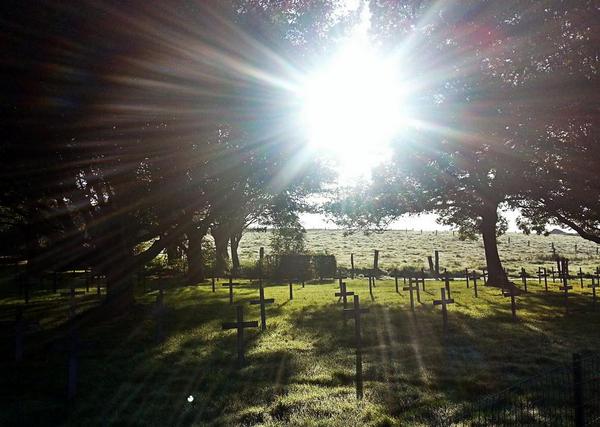This year marks the centenary of the Battle of Passchendaele, a name that will be forever synonymous with our knowledge and understanding of the First World War, but more than that it is part of our collective consciousness of the war. When we think of that conflict we imagine endless miles of water-filled shell craters, thick glutinous mud, and everything from men, mules, guns and tanks disappearing into this mud.
All of this happened at Passchendaele; at times the landscape was as dangerous to soldiers as was the enemy shooting at them. Arguably it was the worst battlefield on which British soldiers served between 1914 and 1918; both in terms of the physical conditions and also the terrible scale of the fighting.
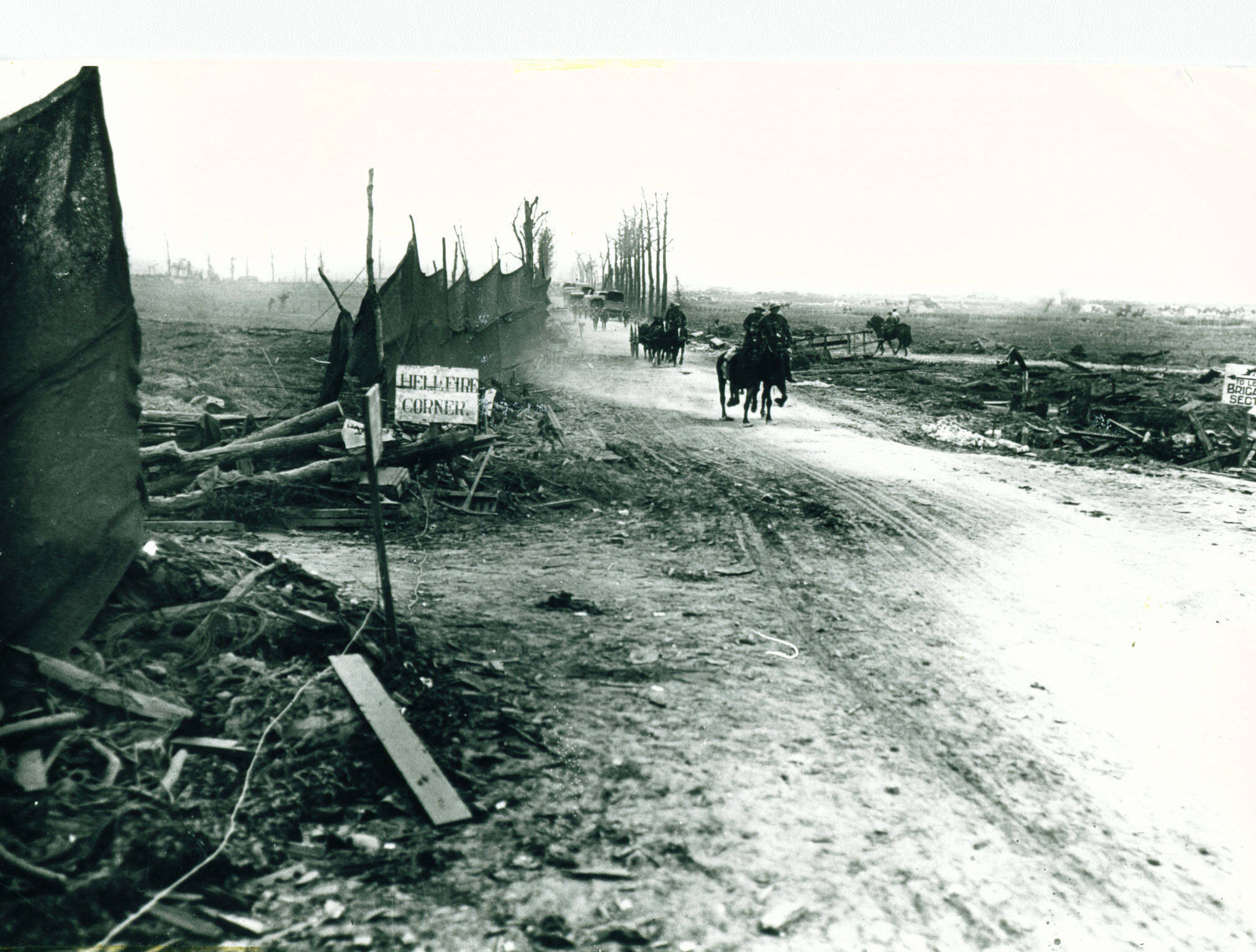
What made Passchendaele such a terrible battle? It is not widely known that the first day of the battle, 31st July 1917, was a success. Most objectives were taken, and the Germans pushed off the high ground at both Pilkem and Bellewaarde. But it was a costly day, too: more than 6,000 British soldiers died at Ypres that day, one of the worst in Flanders during four long years of war.
Success, but at a cost: but another factor came into play that first day: rain. It began to rain that evening and pretty much did not stop raining for a significant period of the rest of the battle. It was the wettest summer in living memory, with huge amounts of rainfall. That in combination with the unparalleled use of artillery by both sides, the shells just destroyed the Flanders landscape.
Trenches, buildings, and the drainage systems all pulverised by warfare on an industrial scale. The water had nowhere to run except into the holes in the ground occupied by soldiers, or into the lunar landscape of shell craters. The mud became glutinous, in places almost liquid; and everything from men to every man-made object disappeared into it.
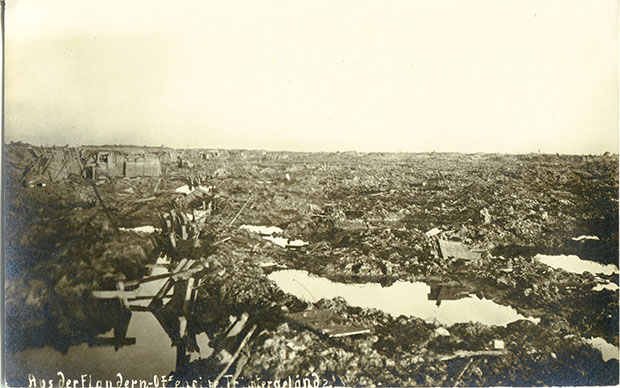
Attacks failed, and the bodies of the fallen could not be recovered; with the mud and shell-fire, all trace of them was lost and Passchendaele is a battlefield that has one of the highest levels of soldiers with no known grave, now commemorated on the Menin Gate or Tyne Cot Memorial.
A century later it is easy to think that the mud, and men disappearing forever are one of the many myths of the First World War. But I have witnessed both in my work with archaeologists in Flanders.
On a dig in 2012 I saw how liquid mud, even after minimal rainfall, could drag us down and how the effort of dealing with a mud-filled landscape was almost impossible at times; and we had modern clothing, tools and no-one shooting at us!
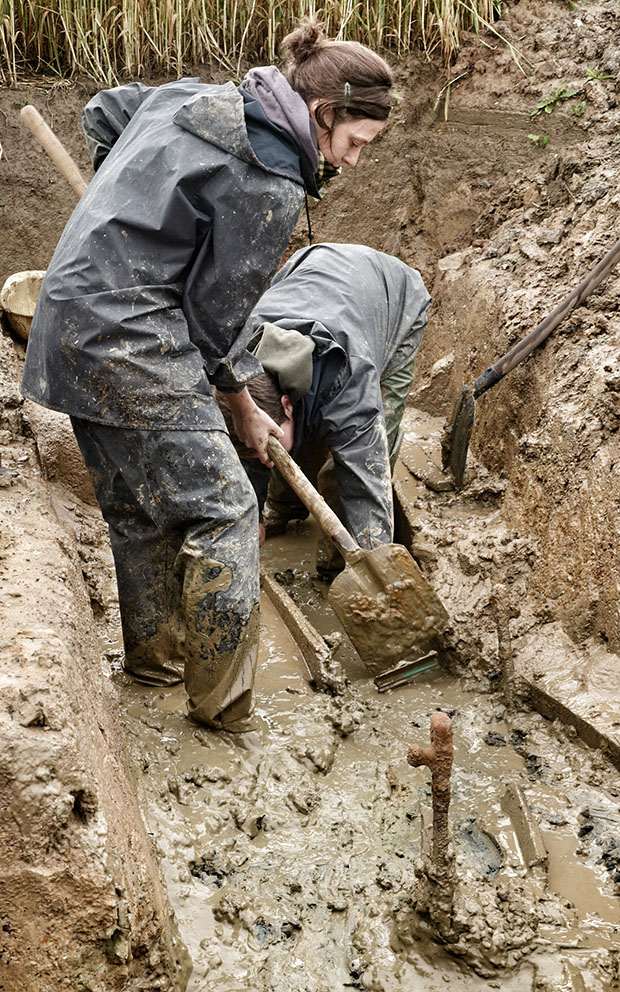
Back in 2001 I saw how the work of The Diggers at Boesinghe demonstrated that Flanders is still one large cemetery; and every year since more and more soldier’s remains are found. It will be one of the almost permanent legacies of the Great War at Ypres, along with the Iron Harvest of shells which are still being found by farmers on the old battlefields.
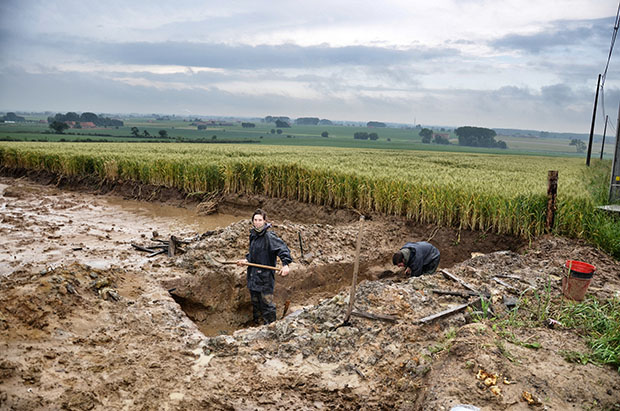
To understand more of what Passchendaele was and what it means to us a century later you can travel to Flanders with Leger Holidays on several different tours in 2017. Join us for the actual anniversary commemorations at Tyne Cot on 31st July, or take the They Called It Passchendaele tour which looks at both Messines and Passchendaele in some depth.
You can walk the Passchendaele battlefield on Walking Ypres, and see it from ground level in some detail, and in November we commemorate the end of the battle with a special Passchendaele themed Armistice tour.
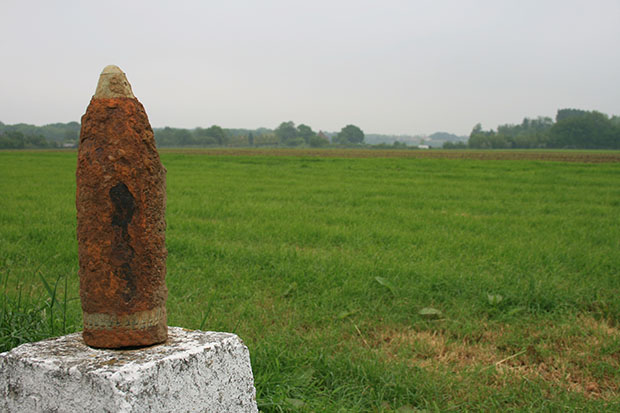
The war poet Siegfried Sassoon wrote, ‘I died in Hell… They Called it Passchendaele’. A century on we owe to the generation which marched to Flanders in 1917 to understand that Hell and never let it happen again; and that is perhaps the real legacy in an ever changing world.
[divider]
Never miss a post from Paul. Sign up to receive alerts.
Paul Reed, our Head Battlefield Guide, will publish regular blogs including personal stories, new tour updates and plenty of interesting and factual information about the Battlefields of Europe and beyond. Sign up below and receive email alerts keeping you up to date with Paul’s blogs.
[divider]

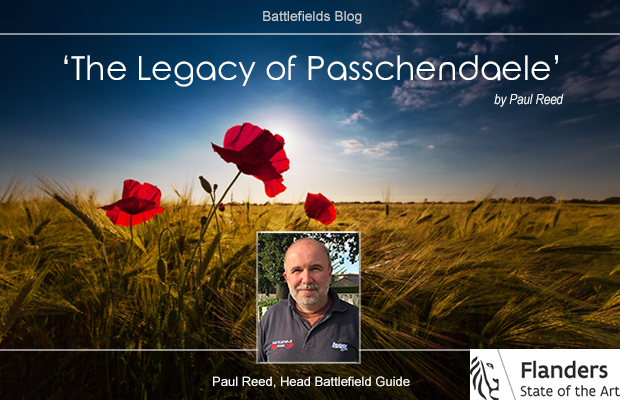
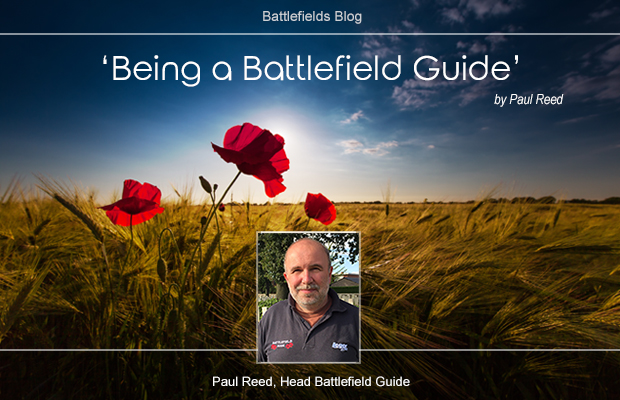
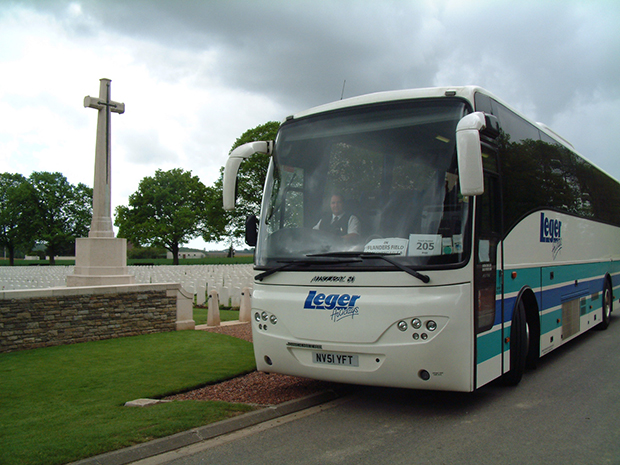
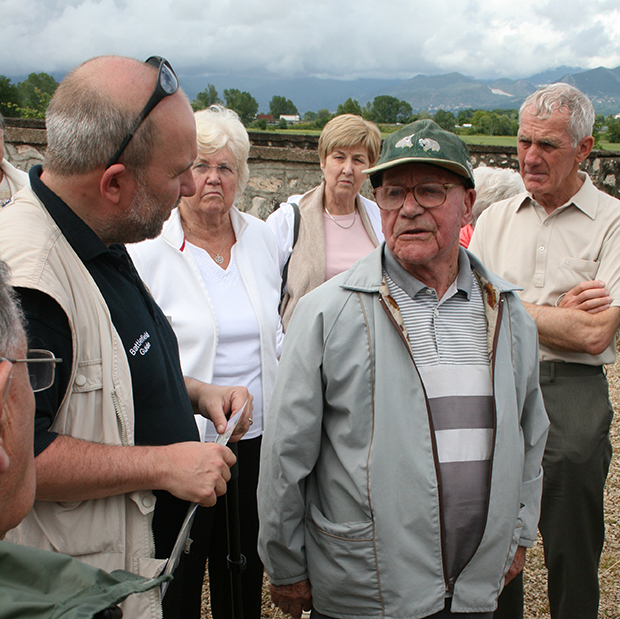
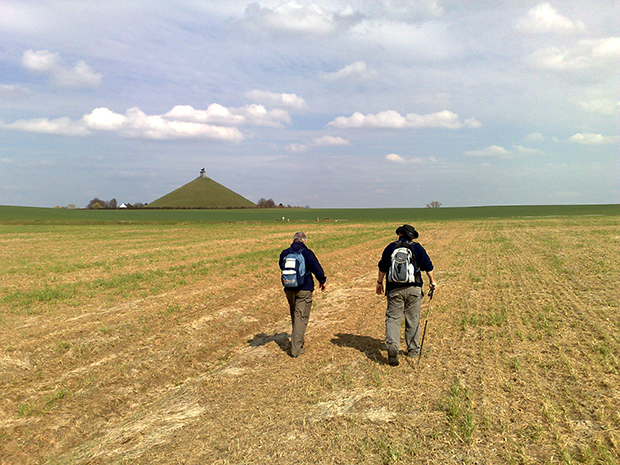
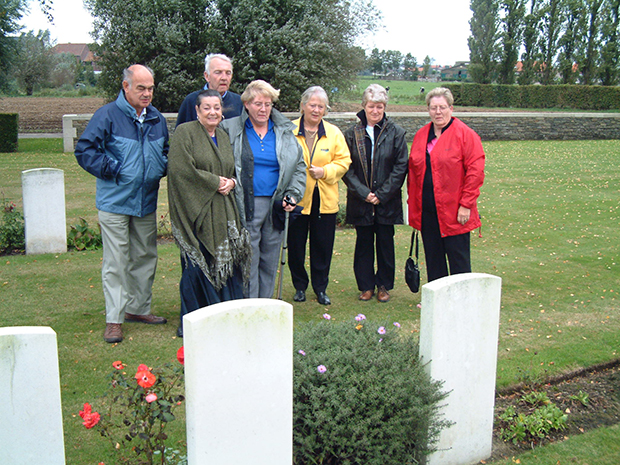
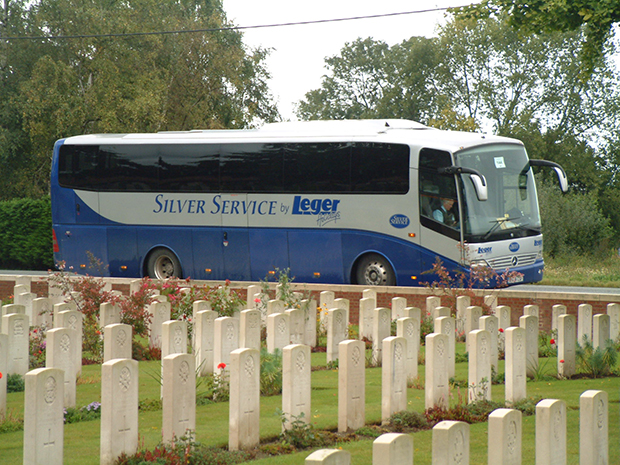
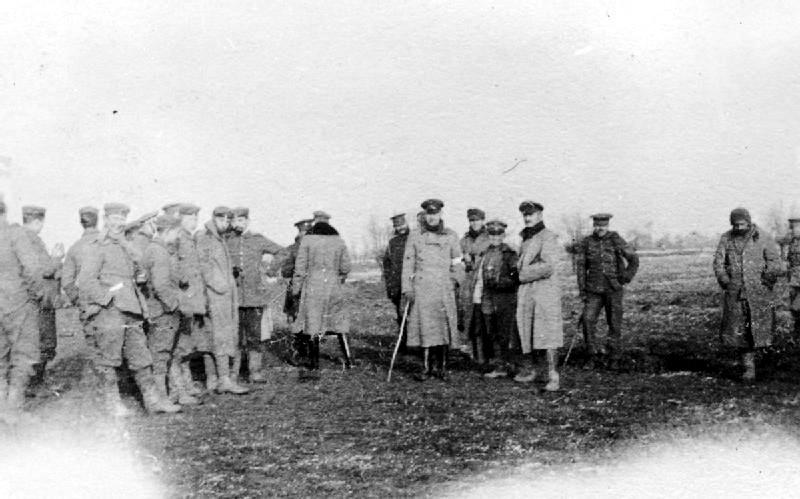
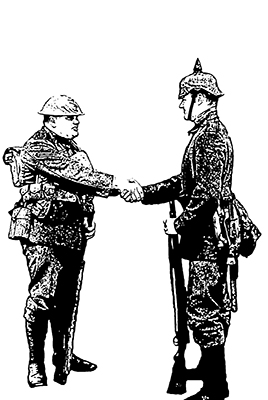
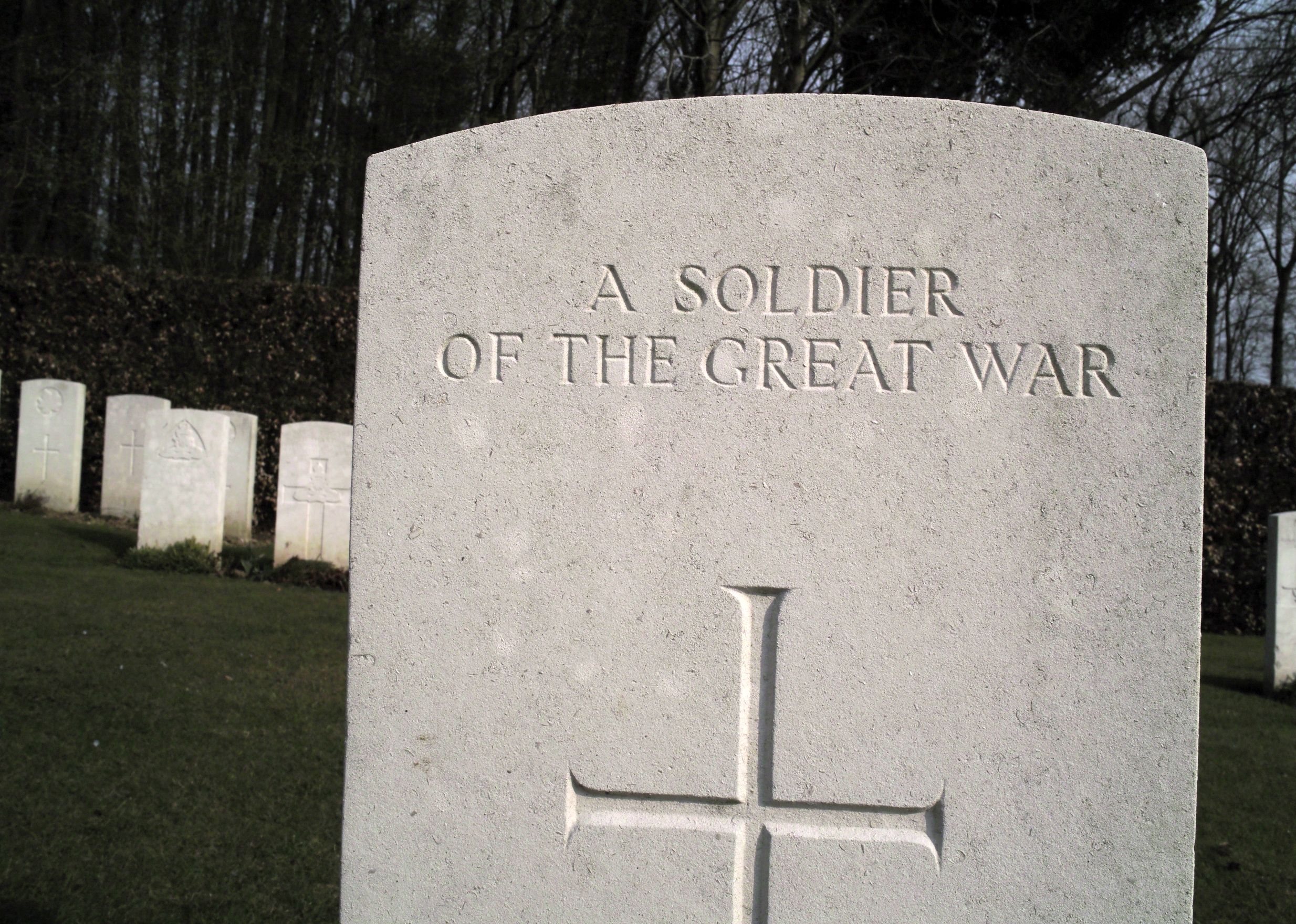
 The downside to this bias, of course, is that we miss the opportunity to garner a well-rounded appraisal of certain conflicts: the tactical approaches of Britain’s foes; the cultural impact war had on those countries; not to mention the personalities of the soldiers fighting for the other side, who are often demonised as cold, emotionless killers, when many – like our own men and women – were thrust into the field of combat against their will and better judgement.
The downside to this bias, of course, is that we miss the opportunity to garner a well-rounded appraisal of certain conflicts: the tactical approaches of Britain’s foes; the cultural impact war had on those countries; not to mention the personalities of the soldiers fighting for the other side, who are often demonised as cold, emotionless killers, when many – like our own men and women – were thrust into the field of combat against their will and better judgement.
